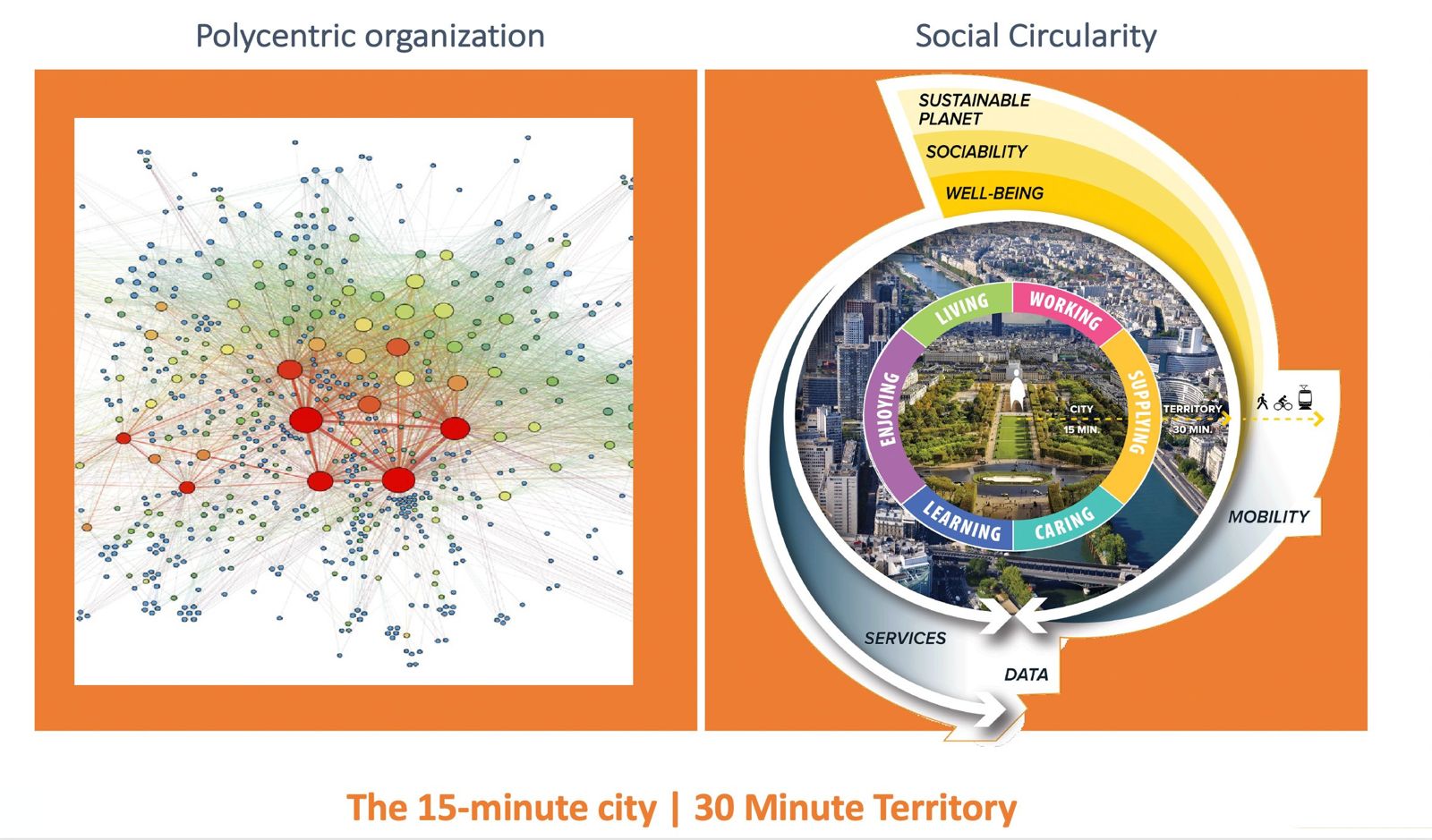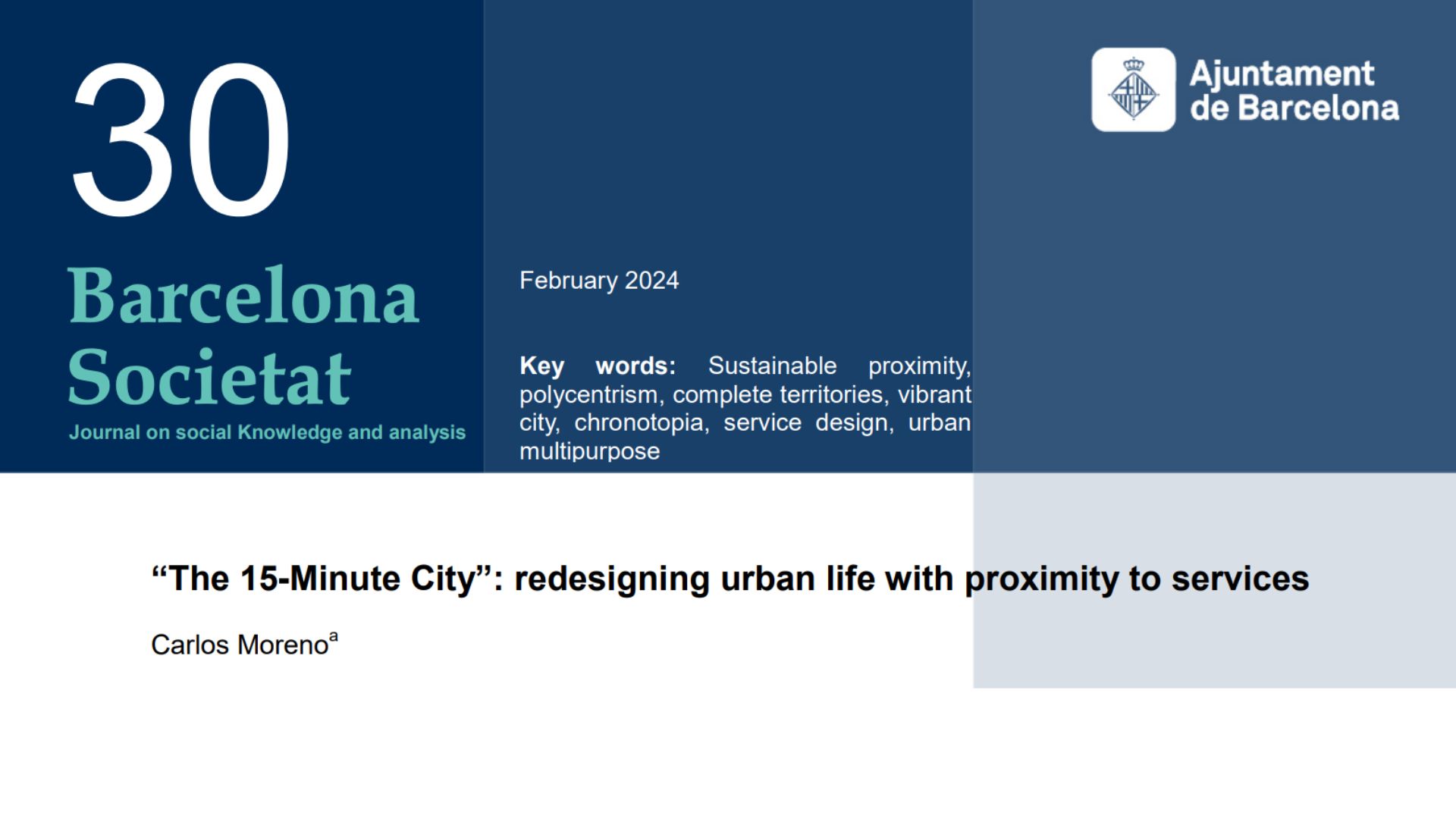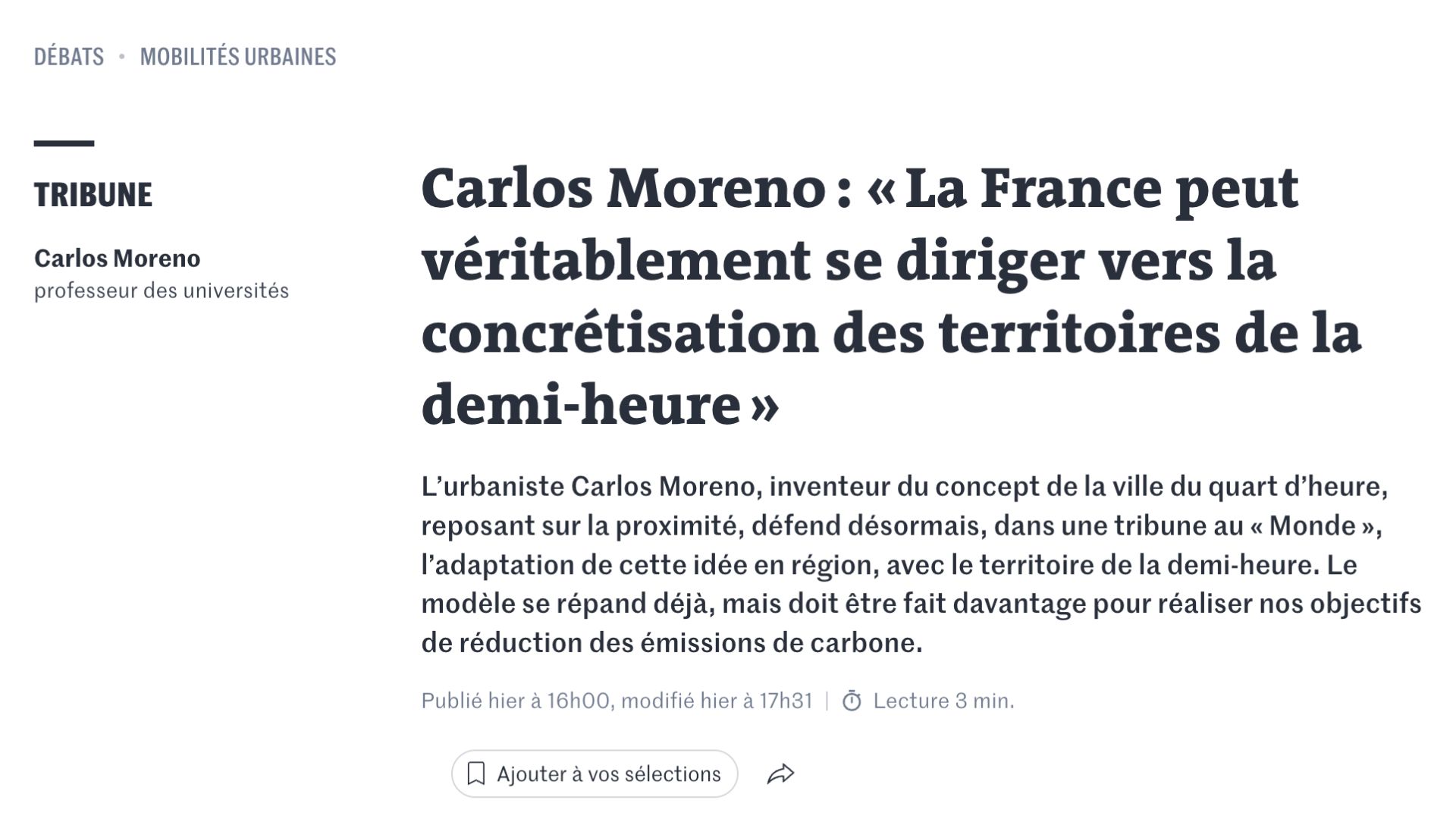February 2013
A city is a place where human beings gather to meet their daily needs of life.
A city is a place of life and it is itself alive. A city develops itself over time, A city grows and becomes more complex.
In the city there are multiplicities of needs: uses, services, flows, which are diversified: housing, education, mobility, culture, health, environment, safety, energy, waste management, communication …
Each city is changing in its own context and at its own pace. Those are themselves diverse and evolving. Contexts can be of different natures: cultural, geopolitical, historical, religious, human…
Those contexts also shape many of the city’s characteristics.
In any case, vital human needs are to be met. Indeed, mankind always looks to meet new needs to ensure a better quality of life, a better comfort and progress.
In our vision, our cities, in fact are Complex Systems… The City will go towards transverse, open, scalable, adaptive ecosystems, allowing mankind to blossom.
Why is a city a complex system?
Because a city is alive, A city, like any living, changes over time.
The city we know today will not be the city of tomorrow and it is different from yesterday’s.
The city has a metabolism and many rich ecosystems. The city is very heterogeneous. Like any complex system, we never have a global view of how it evolves. The city is fragile and must adapt to changes all the time.
For us, the city must be described as complex systems with a decomposition into many systems, many subsystems and many components. Their interactions dictate their dynamics, their global behavior, their actions now and in the future.
Therefore, urban planning is limited by the own nature of its complexity.
In any complex system, its development is driven by the action of two vectors: necessity and chance.
In the city, needs are uses and functions, chance is hazard and risk.
In the city these vectors of complexity are constantly present and growing. The city is in permanent movement; In fact, the city is fragile, very fragile. Fragility is one of its features
At any time and everywhere in the city many unexpected events of all kind are happening. They demand us to react. They can also be very seriously affecting lives, practices and services.
Resilience is the major key to ensure continuity of services in the city during time of crisis.
In our vision, city has to adapt, learn, grow, be strong, independent, self repairing, and self breeding.
In our vision, in order to develop the city and manage this complexity, new paradigms and news practices are needed. For us AMBIENT INTELLIGENCE is the paradigm.
Our paradigm: AMBIENT INTELLIGENCE
Understanding a city as a complex living system, we must implement three independent, different, models. They must converge in order to build uses and services for a better life. Using this paradigm we can link an abstract model of the world, a digital world, the physical world to the real life.
1. Knowledge models, ontology’s, will be increased with the description of uses and activities ; thus offering scalable semantics, from urban models.
2. A multi-scaled decomposition, taxonomy, will allow the description of systems, subsystems, components… by identification, classification through languages.
3. A dynamic projection and ubiquitous interaction, will refer to the physical world through infrastructures.
These three models merge to embody the paradigm of ambient intelligence, to build a systemic and dynamic vision of the city.
Using this paradigm and systemic approach, we complete our vision for the city.
Our vision: a systemic approach in the city
Why a systemic approach ? Because a city is composed of a set of interacting systems, systems that are independent and work together at the same time.
These interactions, interdependencies give rise to dynamic uses of the systems. Links between them are created, evolve or disappear depending on dynamics over the time.
City’s ontology provides the basic concepts for powerful approaches facilitating the interoperability of urban models.
The same reality can be expressed through different models (physical or a numerical mock-up, an information model associated with geo-data or a mathematical model of processes).
City’s Taxonomy shows a new concept of describing a city through its constituent systems, in order to better understand how they interact and to understand the new flows of city data.
This taxonomy creates a shared knowledge of the city, and becomes the framework by which cities can establish a common basis for meaningful comparison and discussion.
Two additional elements are important for the projection of our vision today : indicators of the value chain in the cities for the uses and the interoperability of systems and subsystems.
Cities, as a complex system, with their ontology, taxonomy and projection towards ubiquitous infrastructure, offer a new way to provide cross-optimization of uses and services of city of today and to build new ones for the city of tomorrow.
We want to explore together these strong concepts. We want to be a driving force to improve the transformation of our cities. We want to build better cities, easier to live in and resilient.


